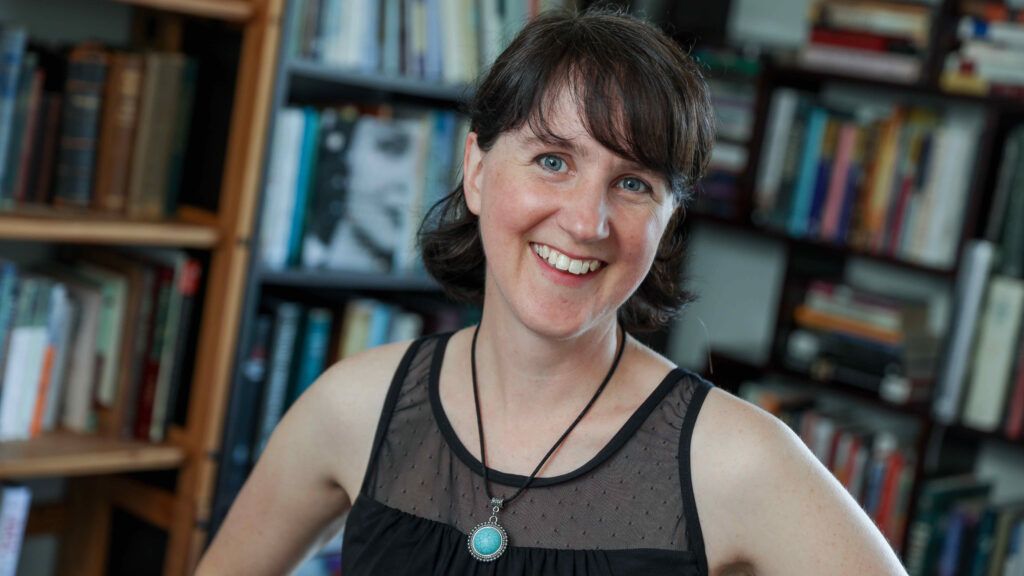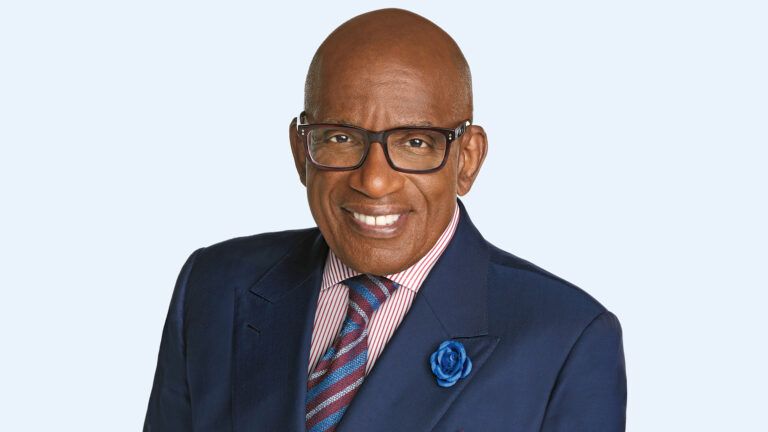The writer Madeleine L’Engle has been a source of inspiration and fascination for people of faith since she burst onto the literary scene with her fantastical children’s book A Wrinkle in Time in 1962.
She may be best known for her children’s fantasy books, but L’Engle was a prolific writer, publishing more than 60 books in her lifetime, including adult fiction, nonfiction and poetry.
In a new book, A Light So Lovely: The Spiritual Legacy of Madeleine L’Engle, writer Sarah Arthur explores how L’Engle’s faith affected her writing and how her philosophies continue to inform the faith of her fans.
Guideposts.org: What drew you to writing about Madeleine L’Engle?
It fascinated me that someone who was a Newbery Medal winner for the greatest contribution to children’s literature (for A Wrinkle in Time in 1963) could also write openly about her Christian journey. She toured the country speaking at places like the Library of Congress but also spoke at evangelical schools like Wheaton College, my alma mater. Somehow, she straddled both of those worlds.
Guideposts.org: What might readers who only know her through [A Wrinkle in Time] be surprised by about her life and other writings?
Madeleine didn’t publish the sequel to A Wrinkle in Time for a full decade, with other sequels spread out over many decades. She simply had other things to say through her memoirs (The Crosswicks Journals) and through books like Walking on Water: Reflections on Faith and Art. In fact, many readers come to her work through her nonfiction rather than through her children’s fiction.
Guideposts.org: You describe L’Engle as someone who was “called” to write. Can you expand on what you mean by this “calling”? Do you relate to this experience as a writer yourself?
Madeleine was unique in her generation because she refused, as a wife and mother, to see writing as “just a hobby.” For her it began in childhood in the 1920s with an intense drive to become a published author—even to become famous. And then when she turned to Christian faith she viewed that drive in holy terms: God had given her the spiritual vocation of writing. In her books like Walking on Water, generations of artists and writers like myself have found confirmation of what we sensed already: we were made by God to do this. Just as others are called to be pastors or missionaries, we are called to write for God’s glory.
Guideposts.org: What are some of the biggest misconceptions about Madeleine L’Engle—the woman and the writer? What surprised you most in your research?
A Wrinkle in Time has been one of the most banned books in the history of children’s literature—usually by detractors who misunderstand or disapprove of Madeleine’s religious expression. While in person she was larger than life, an imposing figure with a direct, confident way of speaking, underneath that demeanor was a woman who was deeply hurt and bewildered by the censorship. That surprised me. She was also relentless and didn’t give up doing what she felt God had called her to do.
Read Madeleine L’Engel’s inspiring Guideposts story.
Guideposts.org: The book is subtitled “The Spiritual Legacy of Madeleine L’Engle.” You spend a great deal of time in the text digging through other’s perceptions of her religion (or lack thereof). In your opinion, what is her spiritual legacy?
I interviewed dozens of people who knew her or were significantly influenced by her. A theme that came up over and over was their experience of reading or encountering Madeleine in their moment of spiritual crisis. Some couldn’t figure out how to hold science and faith together. Some were questioning the truth of the Bible. Others, because of their religious upbringing, didn’t think they could be both a Christian and an artist. Yet, at just the right moment, something Madeleine wrote or said encouraged them to hang onto faith even in the midst of doubt. She’s become a kind of patron saint for the wavering, the wounded, and the wondering.
Guideposts.org: You include several examples of people sharing how L’Engle saved their faith. What do you think it was about her writing and life that made such a lasting impact on people?
Madeleine wasn’t afraid to wonder or doubt, wasn’t afraid to claim a faith that goes “beyond provable fact.” She also wasn’t afraid to be angry at God when her loved ones were suffering—a theme that resounds in books like Two-Part Invention about her marriage to Hugh Franklin (who played Dr. Charles Tyler on the soap opera All My Children) and his death to cancer in 1986. “Some days I hold onto faith by my fingernails,” she would often say. And this raw honesty helped people who were deeply hurting.
A Light So Lovely is available wherever books are sold.





